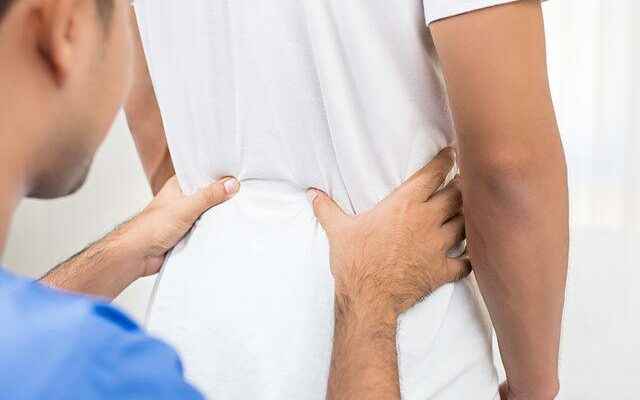Being sedentary is among the habits that cause many diseases. The increase in sedentary life, especially with the Covid-19 pandemic, has brought along various health problems. Waist and neck hernias, which increase with sedentary life, are among the health problems that create negative situations that affect daily life. Sitting in a bad position for a long time, watching TV while lying down and using computers, phones and tablets are among the most important factors that cause back and neck hernia. Neurosurgery Specialist Op. Dr. Kerim Kenan Coşkun gave information about waist and neck hernias.
TREATMENT SHOULD NOT BE IGNORED
Emphasizing that the treatment of neck hernia (cervical disc), which shows symptoms such as numbness, pain and weakness in the arms and hands, should not be neglected. Dr. Kerim Kenan Coşkun said, “Neck hernia, pain, numbness, loss of strength, loss of sensation in the neck and shoulders that can negatively affect the daily life of the person; It can cause spasm in the neck, shoulder and back muscles. These pains, numbness and loss of strength may be felt more especially when waking up in the morning, and may even manifest themselves as waking from sleep from time to time. There are seven vertebrae in the human neck. Between each vertebra, there are cartilages that act as cushions, which we call discs. The condition that occurs as a result of the rupture of this cartilage structure and pressure on the nerves coming from the spinal cord or arm in the spine is called neck hernia. Neck hernia causes severe neck pain in the patient, as well as pain and numbness radiating to the arm.
YOU SHOULD NOT MAKE SHOCK MOVEMENTS AND DO NOT LIFTING HEAVY
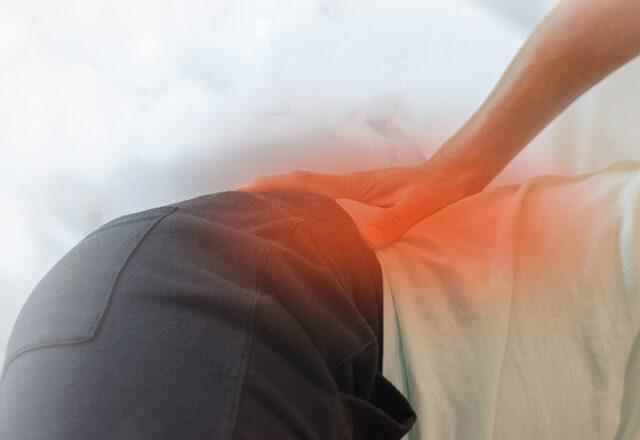
If the cartilage torn over time presses on the nerves, weakness in the arm, and if the spinal cord presses on itself, movement defects may occur in the whole body. In the advanced stages of neck hernia, the patient may become bedridden. Among the causes of neck hernia are degeneration (wearing) of the cartilage between the cervical vertebrae, sudden and strong neck movements, heavy lifting, sudden reversals, long-term work with the head tilted forward, working long hours at the desk, improper sleeping style, improperly chosen pillow. Sleeping with a car, especially those who drive without wearing a seat belt, can be counted as blows to the neck after sudden braking, traffic accidents, previous neck injuries, sports injuries and osteoporosis.
SURGICAL TREATMENT CAN BE APPLIED IN ADDITION TO MEDICINE AND PHYSICAL THERAPY METHODS
Kiss. Dr. Kerim Kenan Coşkun said, “In neck hernia, patients with spinal fractures and spinal slippage, whose surgical treatment in neck hernias continues despite drug and physical therapy methods, in neck hernias that press on the arm nerves and spinal cord such as advanced muscle strength loss, loss of sensation and reflex, and extreme numbness attacks, It is applied in patients with severe spinal cord and nerve pressure.” Dr. Kerim Kenan Coşkun also stated that surgical treatment was also applied to patients with tumors or infections in the spine.
IT IS NEEDED TO STAY AWAY FROM WRONG MOVEMENTS TO PREVENT HERNIA OF THE NECK

Touching on what can be done to prevent the formation of neck hernia, Op. Dr. Kerim Kenan Coşkun said, “Still life causes many different ailments, and it is one of the causes of neck hernia. It is common in those who work in a fixed position, at a desk and at a computer. Regular sports should take place in the life of every healthy person. In addition, it is necessary to avoid sudden movements. Loads should not be lifted without balancing the body and weight, and reverse movements such as sudden turns should not be made. We should not keep our neck in the wrong position while at the computer, watching TV, sitting and lying down. These long-lasting wrong positions cause neck muscles and “It can damage the nerves. We should choose a suitable pillow while lying down, and have a correct posture in front of the computer and television,” he said.
LIQUID INSIDE THE DISCS BETWEEN THE SPINES MAY REDUCE OVER TIME.
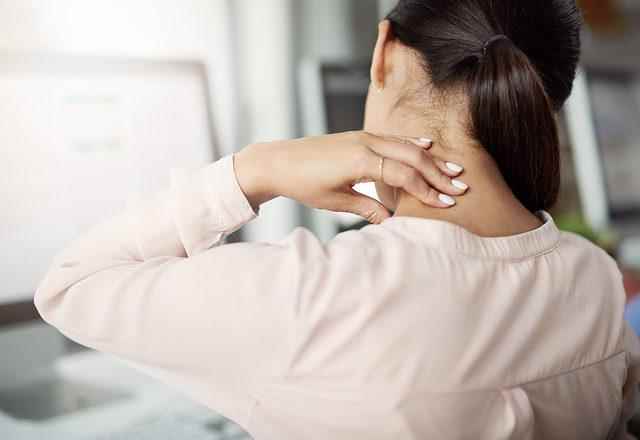
Giving information about herniated disc, Op. Dr. Kerim Kenan Coşkun said, “The lumbar region, which is located on the sacrum (the rump bone) together with the five vertebrae and the discs that act as shock absorbers between these vertebrae, constitutes the most active region of the spine after the neck. The joints between the 4th and 5th lumbar vertebrae and the 5th lumbar vertebra and the sacrum bone constitute the majority of the movement in the waist. The inner part of the discs between the vertebrae consists of a gelatinous fluid containing approximately 70-80% water, and the outer part consists of fibers consisting of fibrotic bands. Over time, a decrease in the amount of liquid in these discs occurs, and the content of the previously unbreakable disc, which is unbreakable, dries up and becomes breakable and breakable. Repetitive movements, excessive strain, posture disorders and physical activities in inappropriate positions lead to ruptures in the outer part called annulus fibrosis, the rupture starts from the inner fibers of the annulus and extends outwards.
MOST PATIENTS CAN COME WITH BED REST

As a result, the dehydrated, degraded gelatinous fluid herniates outward and forces the ligaments in that area and puts pressure on the surrounding tissues. During periods of ruptures in the capsule of the disc, patients complain of occasional low back pain. Most of these can be corrected with just bed rest without any treatment. However, as the disease progresses, it compresses the nerves going to the leg, and patients experience more leg pain during this period. Nerve fibers are also similar to electrical wires, mostly the outer fibers closer to the surface are sensory fibers. The deeper ones are the fibers that make the movement. When the dislocated disc causes irritation in the nerve coming to the leg, pain is first felt in the area where that nerve carries the sensation. If the event progresses and the sensory fibers are damaged, numbness (numbness) occurs in that area. It is more common in young and middle ages. In advanced ages, it is seen together with lumbar calcification.
THE MOST IMPORTANT SYMPTOM IS LEG PAIN
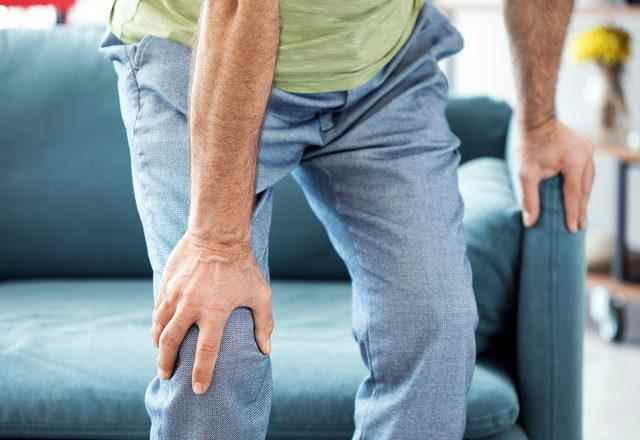
Underlining that the most important symptom of herniated disc is back and leg pain, Op. Dr. Kerim Kenan Coşkun said, “The pain, which is initially located in the lower back, then spreads to the leg. It is usually unilateral. It can change sides or be bilateral. Sometimes patients come with only leg pain. If there is no sudden strain or adverse movement, the pain has recurred several times before and resolved with or without treatment. The patient also has numbness in the legs and restriction in waist movements. Coughing, sneezing, prolonged sitting, driving, bending forward increase the pain. It is a common finding that the waist is bent to one side in order to reduce the pain called antisciatalgic posture. Pain can be mild, moderate or severe. In advanced cases, there may be melting, thinning, and chills in the leg muscles. Very rarely, numbness and inability to urinate or incontinence are seen in the legs, especially on the inner sides (both sides). In this case, the patient should be immediately referred for surgery.
THE BED USED IN THE TREATMENT MUST BE HARD AND SMOOTH
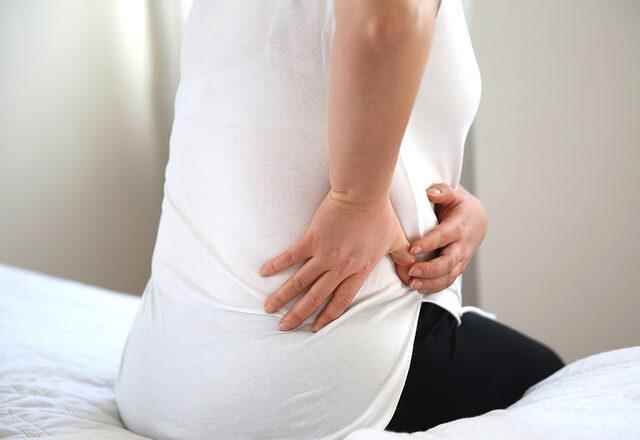
Talking about the treatment methods of lumbar hernia, Op. Dr. Kerim Kenan Coşkun, “Short-term bed rest should be in the most comfortable position of the patient and in a good bed. The bed should be firm and smooth and should not collapse with body weight. Side lying position with legs pulled to the abdomen (fetal position in the mother’s womb) is the best form of rest. Painkillers. Antidepressant medication can be used in chronically ill patients. In patients whose complaints continue despite medication and rest therapy, physical therapy and rehabilitation help the majority of patients to resolve their complaints. All patients should be shown exercises according to the principles of back protection and the stage of the disease. Urine-stool in patients In case of incontinence and progressive loss of strength, emergency surgery should be performed without losing time with any other treatment method.Surgical intervention should be performed without delay in patients whose leg pain does not go away despite all pain relief treatment methods. If the leg pain does not go away even though the methods are tried and this leg pain is at a level that will affect the daily life of the person, surgical treatment is considered again.
